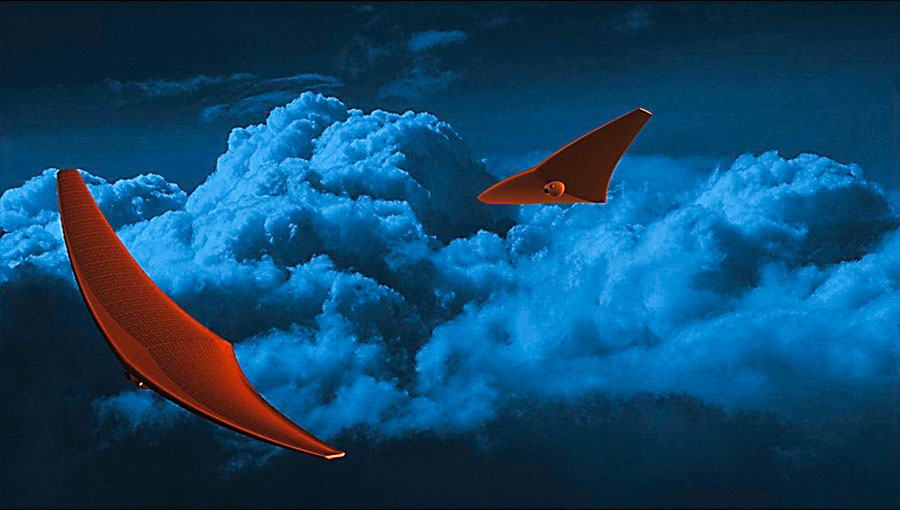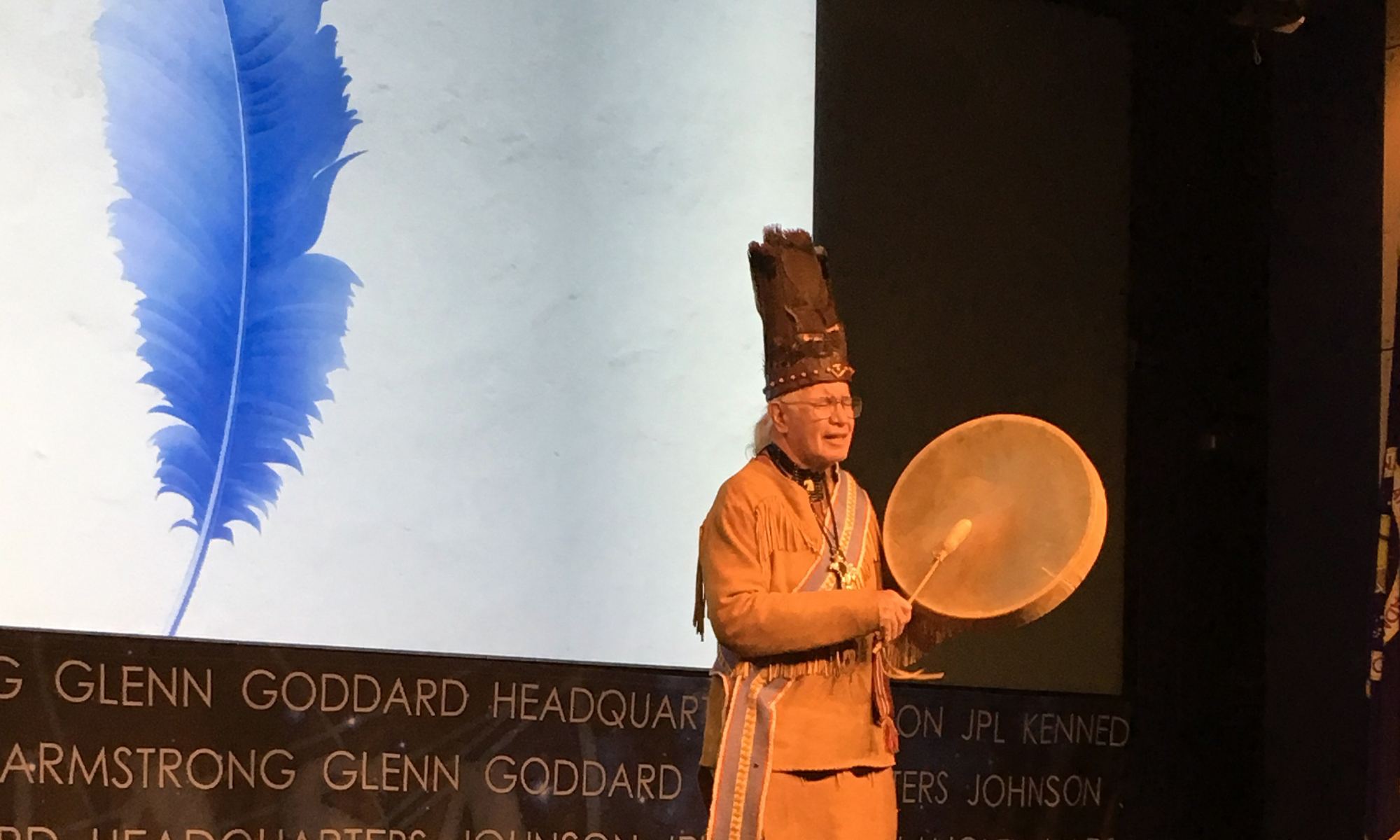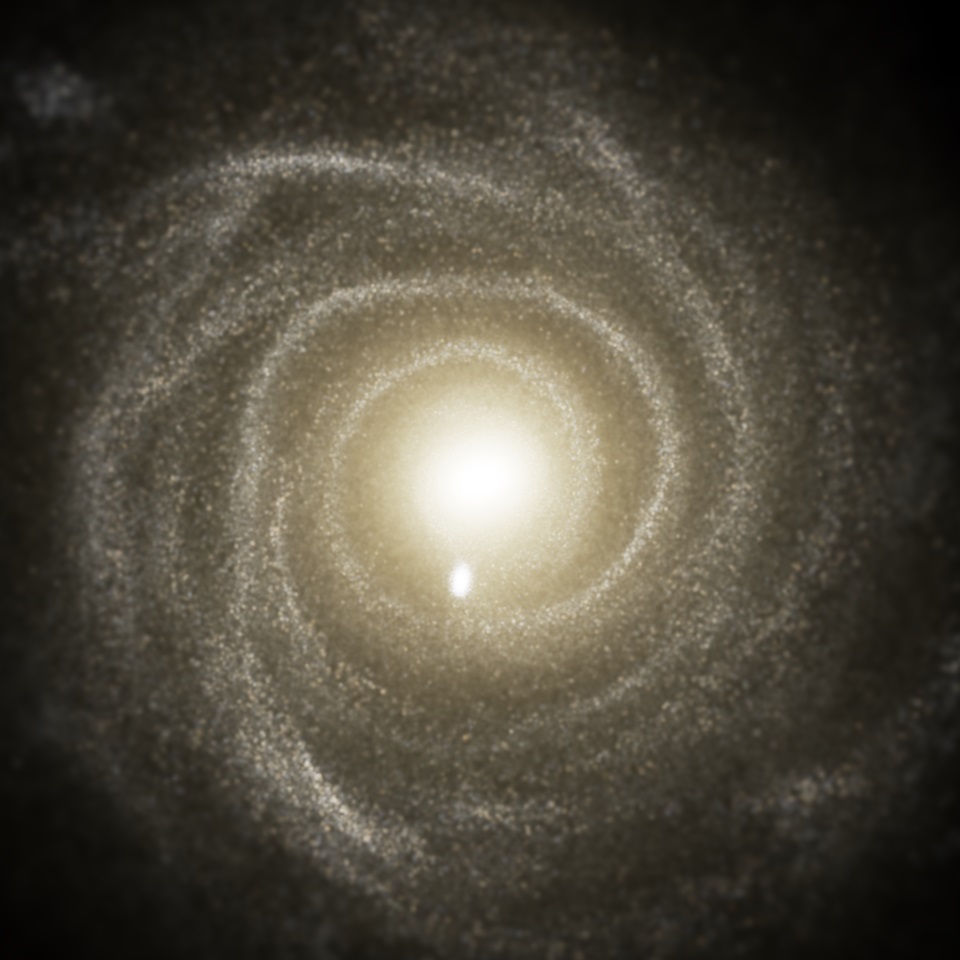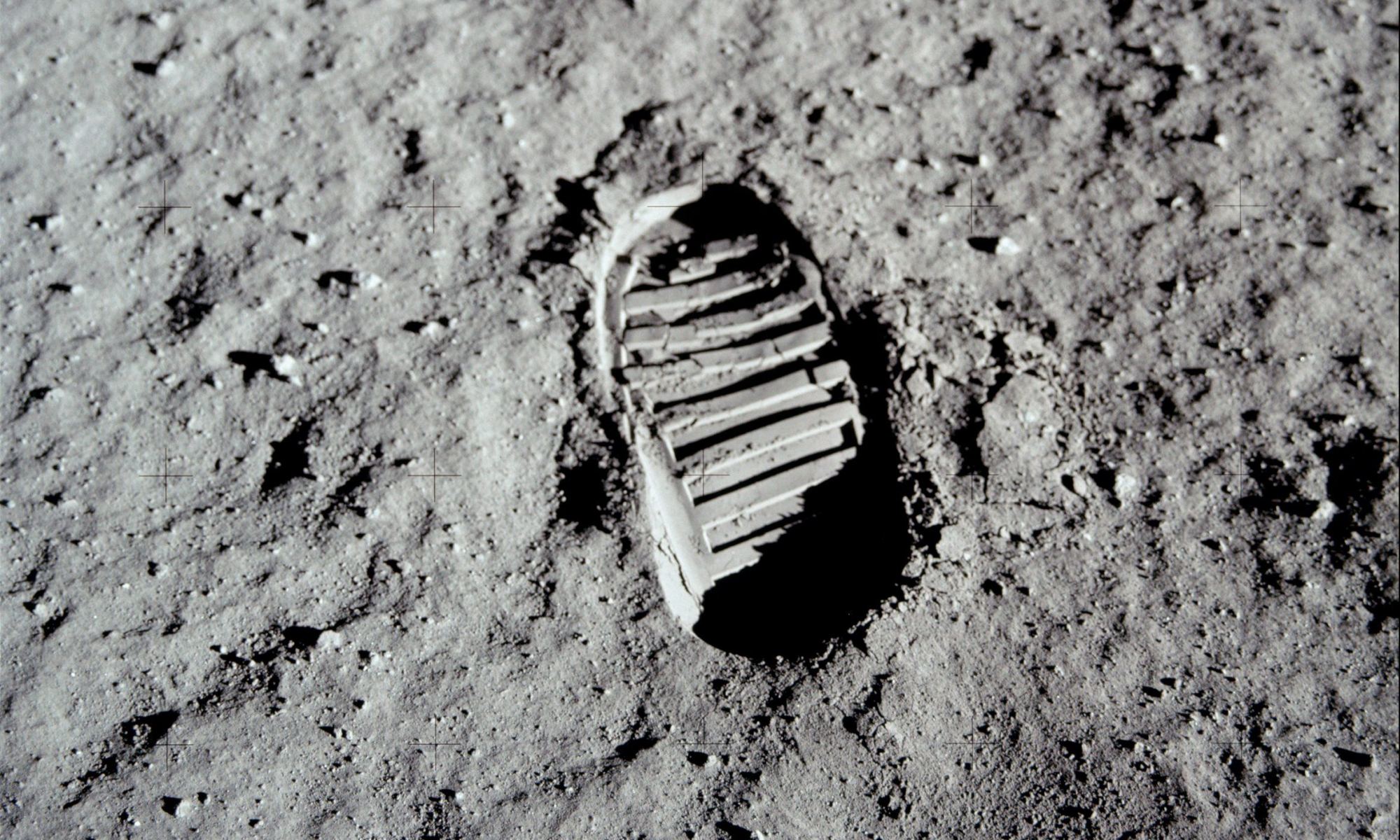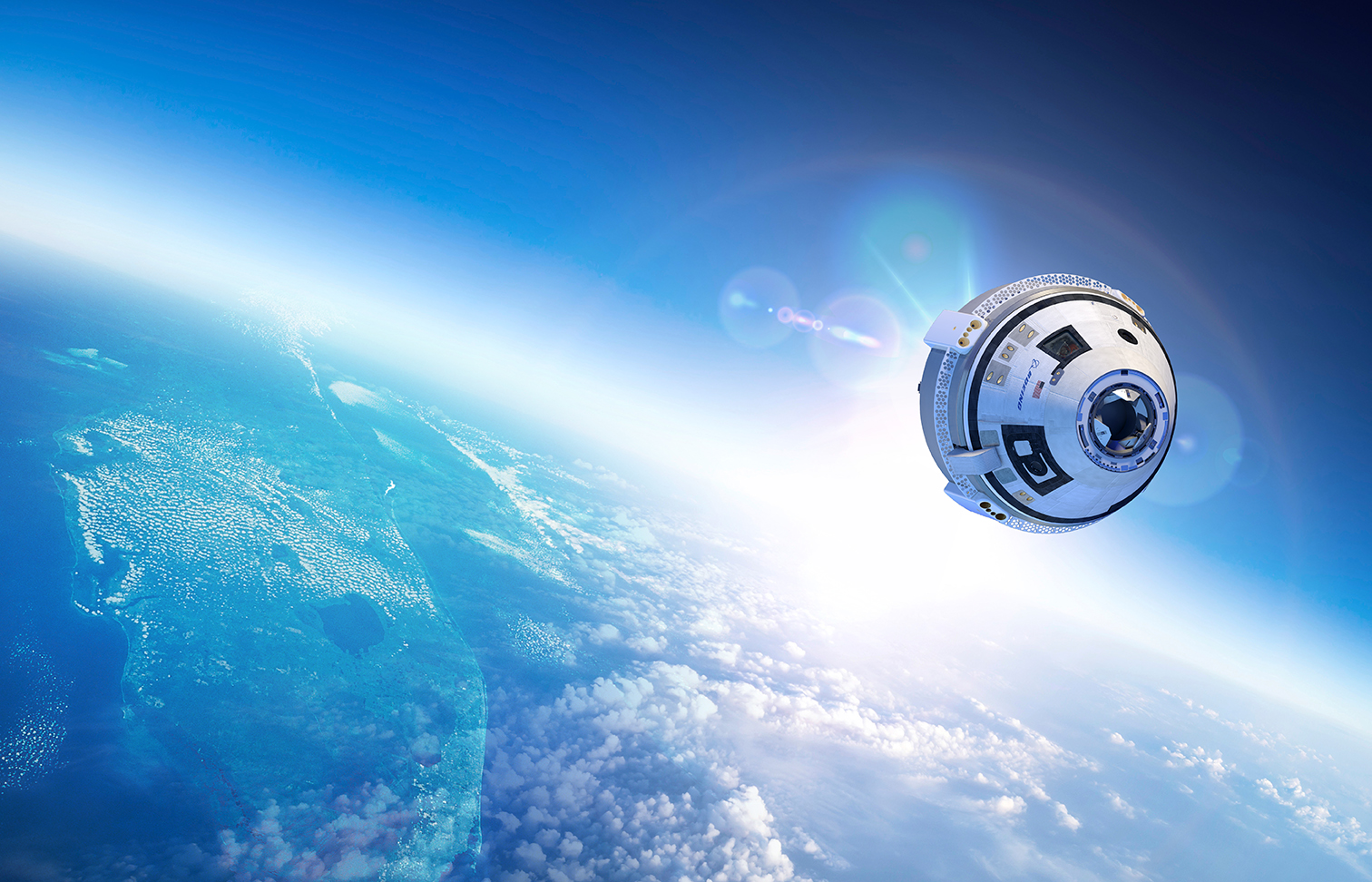Venus is colloquially referred to as “Earth’s Twin”, owing to the similarities it has with our planet. Not surprisingly though, there is a great deal that scientists don’t know about Venus. Between the hot and hellish landscape, extremely thick atmosphere, and clouds of sulfuric rain, it is virtually impossible to explore the planet’s atmosphere and surface. What’s more, Venus’ slow rotation makes the study of its “dark side” all the more difficult.
However, these challenges have spawned a number of innovative concepts for exploration. One of these comes from the University of Buffalo’s Crashworthiness for Aerospace Structures and Hybrids (CRASH) Laboratory, where researchers are designing a unique concept known as the Bio-inspired Ray for Extreme Environments and Zonal Explorations (BREEZE).
Continue reading “Stingray Glider to Explore the Cloudtops of Venus”
